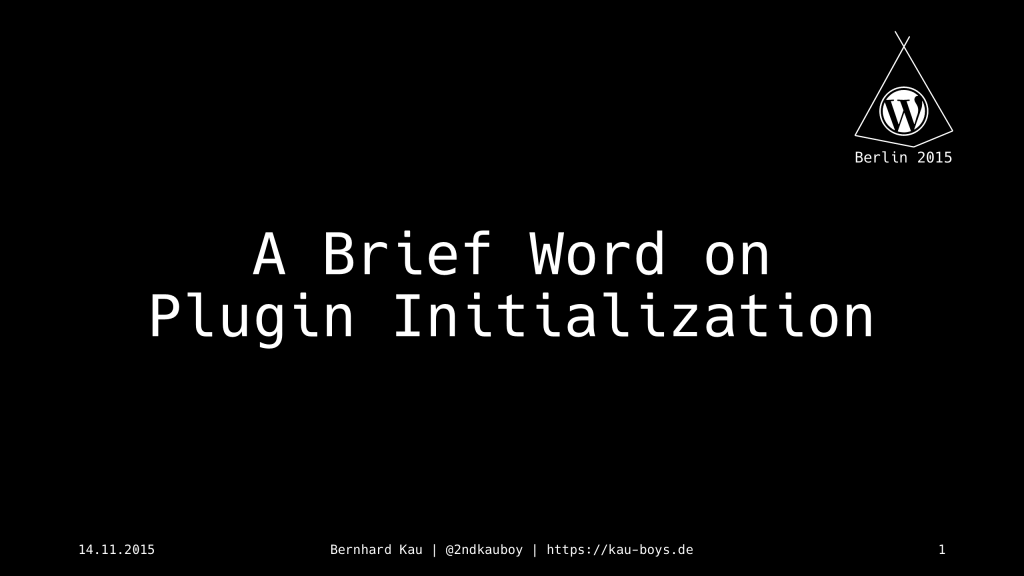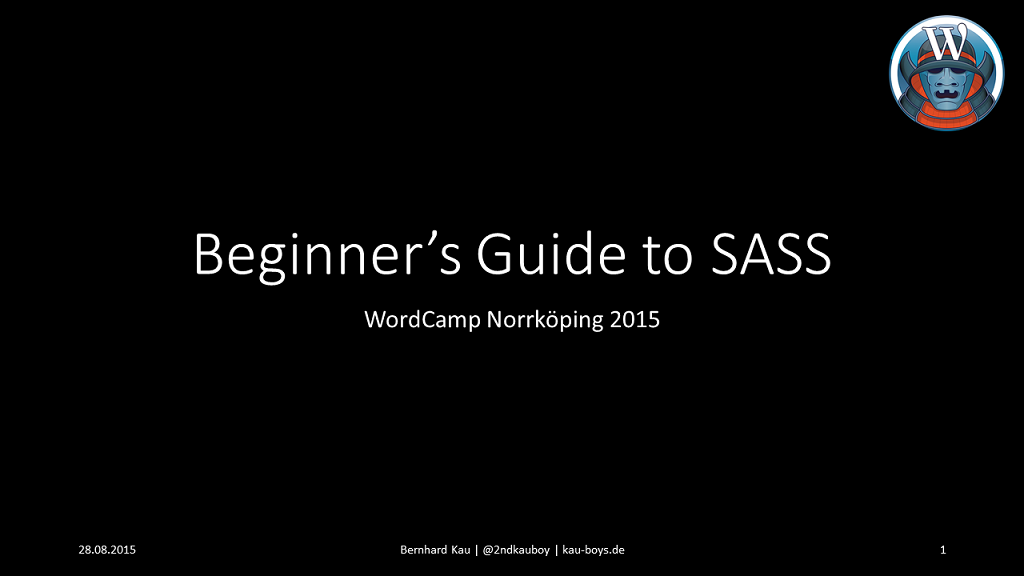As a German blogger, there are some things you should be aware of. One of them is the “Gesetz gegen den unlauteren Wettbewerb” (law against unfair business practices). If you run a business and you think, that someone is taking advantage by not following some rules, you might be able to sue them. Even if you only have a “personal blog”, chances are very high, that it’s not totally “private”. Some bloggers don’t want to have advertisements on their blog, but they participate in some affiliate programs and “just” place some links. But this is considered advertisement as well and must therefore be marked as such.
Disclaimer
As I am not a lawyer, the text of this blog post may not be completely legally founded. Therefore, this blog post will only give you a technical solution, which might not be enough legally. If you have any doubts, please consult a lawyer, you can verify your specific situation.


